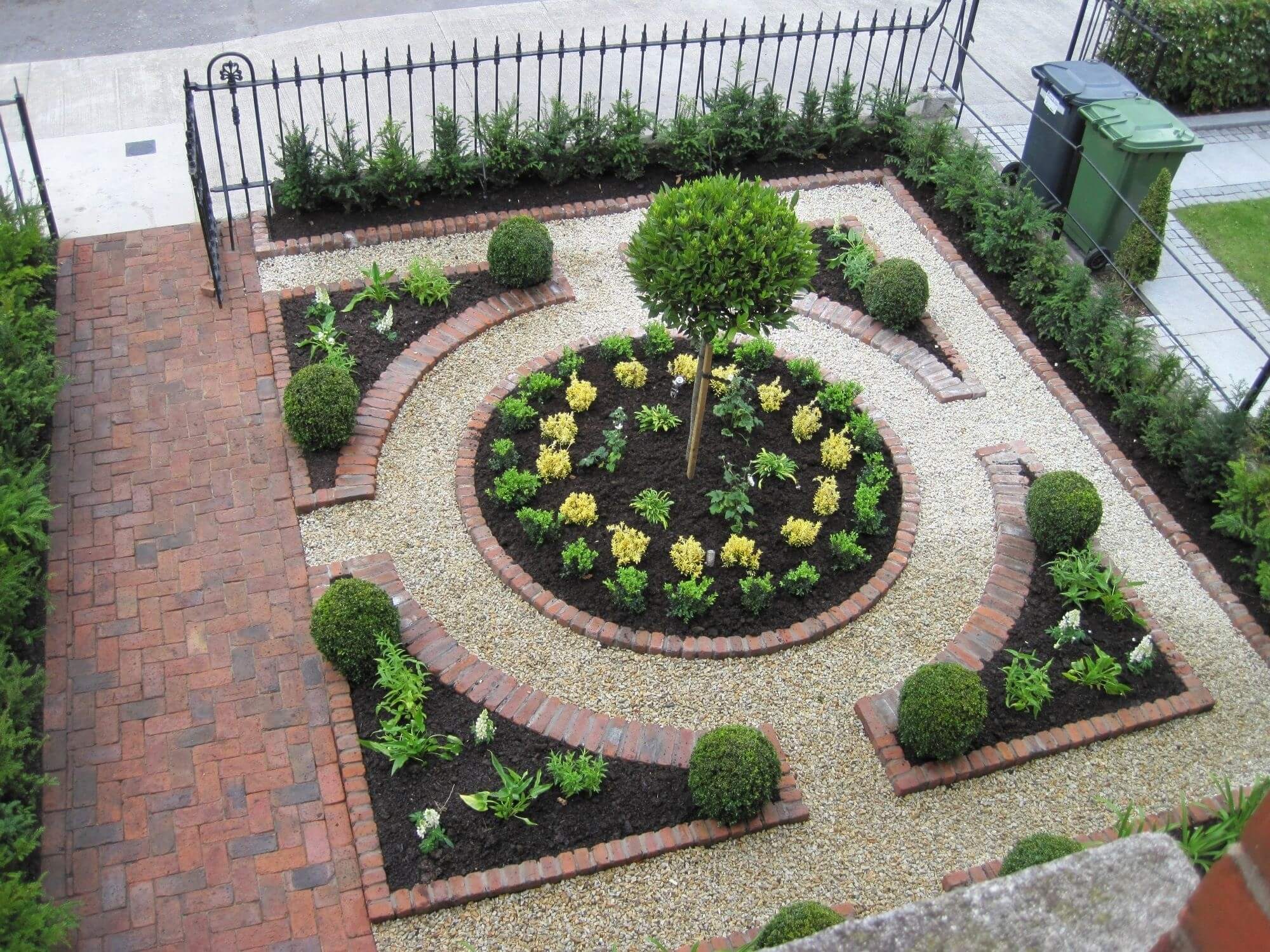Sustainable Serenity: Sustainable Landscape Architecture Strategies

Establishing a beautiful outdoor space not just enhances the visual attractiveness of your property and also contributes to the surroundings when done with sustainability in mind. In a society increasingly aware of environmental concerns, green landscape design solutions are even more pertinent than ever. From picking native vegetation to adding hardscaping that minimizes water consumption, there are many ways to create a beautiful backyard that nurtures both nature and your private retreat.
In this post, we will explore various landscape design concepts and tactics that cater to different tastes and area requirements. Whether you have a large yard or a cozy front garden, our guide will provide information into turning your outdoor environment into a calm retreat. With a focus on eco-friendliness, we aim to equip you with the knowledge to make wise choices that showcase your taste while being gentle on the planet. Prepare to dive into an assortment of design ideas that integrate visual appeal with ecological accountability.
Essential Garden Styling Ideas
When it comes to changing your outdoor space, the key lies in balancing aesthetics and functionality. One essential idea is to integrate fluid shapes and natural materials that complement your home’s design. This strategy helps create a fluid transition between your indoor and outdoor areas. For illustration, winding pathways made from stone or pebbles can add a sense of movement and guide visitors through the landscape, while local plants can enhance the ecological health of your garden.
Another crucial aspect to think about is the use of hardscaping elements such as patios, verandas, and garden walls. Hardscaping not only provides form and organization to your garden but also offers spaces for socializing and leisure. Think about including features like pergolas or fences, which can define areas while adding height and aesthetic appeal. Such elements are particularly beneficial in limited yards, where dual-purpose spaces can optimize function without cluttering the space.
Lastly, lighting plays a key role in landscape design, allowing you to highlight your yard's charm after sunset. Careful placement of exterior lighting can highlight pathways, accentuate plants, and create mood for nighttime gatherings. Incorporating sustainable lighting options not only enhances security but also aligns with green practices, keeping your exterior area welcoming and environmentally friendly. Incorporating these key design ideas will help you create a breathtaking backyard that reflects your taste and promotes relaxation.
Revamping Your Outdoor Area

Redesigning the outdoor space starts with grasping your personal style and the needs of your environment. Think about the activities you want to pursue in the space, whether it's a calming area for reading, a place for family gatherings, or a vibrant garden for entertaining. Defining Click here to find out more will help you create a design that is both functional and attractive. Collect inspiration from a variety of sources, such as magazines, websites, and nature itself, to envision how one's ideas can merge in your yard.
Then, focus on the design and flow of your space. The arrangement of pathways, seating areas, and plant beds should facilitate movement and interaction, making it welcoming for family and guests. Consider incorporating elements such as patios, decks, or pergolas to create distinct zones within your landscape. Using different materials and textures can enhance the aesthetic appeal, while also ensuring that the outdoor area feels cohesive and well-integrated with the adjacent environment.
In conclusion, prioritize sustainability when carrying out the landscaping plan. Select native plants that require less water and maintenance, and include hardscaping features like permeable pavers to manage rainwater. Including eco-friendly practices, such as composting or creating an edible garden, not only benefits the environment but also enhances the beauty of the outdoor space. With thoughtful planning and a focus on sustainability, one can create an outdoor sanctuary that reflects one's style while harmonizing with nature.
Eco-Friendly and Budget-Friendly Solutions
Creating an green landscape does not have to cost a fortune. One of the most effective approaches is to utilize local plants into your design. Native plants are suited to the regional climate and soil conditions, requiring less water and maintenance than non-native species. By choosing native flora, you can create a picturesque and sustainable garden that aids local wildlife and reduces the need for chemical fertilizers or pesticides.
Incorporating hardscaping elements such as gravel paths, stone patios, or recycled materials can also improve your landscape while promoting sustainability. These elements often require less upkeep compared to traditional lawns, and they offer individual aesthetic appeal. Using porous materials for walkways and patios allows rainwater to percolate into the ground, reducing runoff and promoting groundwater restoration. This not only creates a stylish outdoor space but also contributes positively to the environment.
Finally, consider crafting your outdoor area with minimal upkeep features in mind, such as xeriscaping. This method focuses on using arid-adapted plants and limiting turf areas, which can conserve both water and upkeep costs. landscaping near me for food-producing landscaping also provides sustainable benefits while allowing you to enjoy homegrown produce. These varied and affordable solutions can metamorphose your landscape into an sustainable haven that boosts both aesthetics and functionality.
